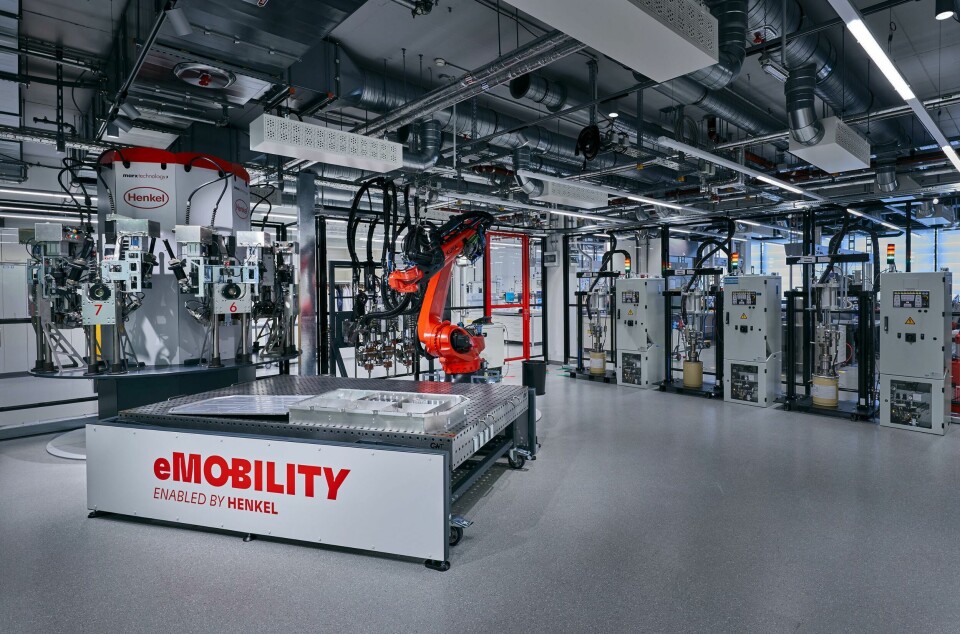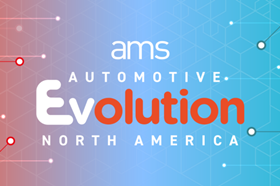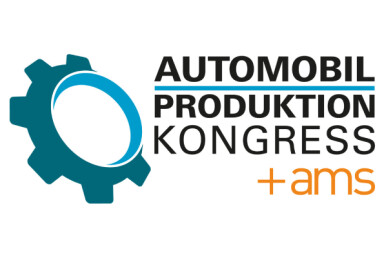Ford’s Rajeev Kalamdani on smart factory transformation challenges: Legacy systems, workforce, and data integration
Speaking at the AMS Automotive Evolution NA 2024 conference in Detroit, Rajeev Kalamdani from Ford shared his perspective on the complexities of digital transformation in smart factory settings. From integrating legacy equipment to fostering a tech-savvy workforce, Rajeev outlined key challenges and solutions for successful digitalisation in the automotive industry.
Related video
-

Watch: How JLR Is futureproofing production and skills
-

Video: BMW’s Dr. Michael Nikolaides on AI, robotics, and resilience
-

Video: Arno Güllering on transforming Dräxlmaier’s global production
-

How Henkel is co-developing the EV batteries of the future
-

Watch: Inside Henkel’s Battery Engineering Center
We met Rajeev Kalamdani, Manager, IIoT analytics global data insights & analytics at Ford at the Automotive Evolution NA conference 2024 in Detroit on October 22-23. He shared powerful insights on the journey toward smart factory digitalisation, touching on critical areas and challenges that define this transformative path in the automotive industry.
“Cross-functional collaboration is key to driving efficiency and success in digital transformation,” Rajeev Kalamdani, Ford.
Rajeev also emphasised the challenge of integrating various digital tools and systems effectively. He mentioned using data and analytics pipelines as a solution to streamline these tools, allowing different technologies to work together seamlessly and deliver meaningful outputs.
Here are some more key takeaways from the discussion:
- Legacy infrastructure challenges: One of the biggest hurdles in implementing smart factory initiatives is dealing with older, brownfield sites where legacy equipment needs to be integrated with new technology.
- Workforce transformation: A tech-savvy younger workforce is a great advantage, but we need innovative training programs to fully support digital skills.
- Cross-functional collaboration: Success in digital transformation demands close cooperation between IT and operational teams to bridge OT to IT and analytics.
- Managing complexity: Rajeev highlighted the importance of using data and analytics pipelines to streamline and connect various digital tools, which helps manage complexity and deliver valuable insights.



